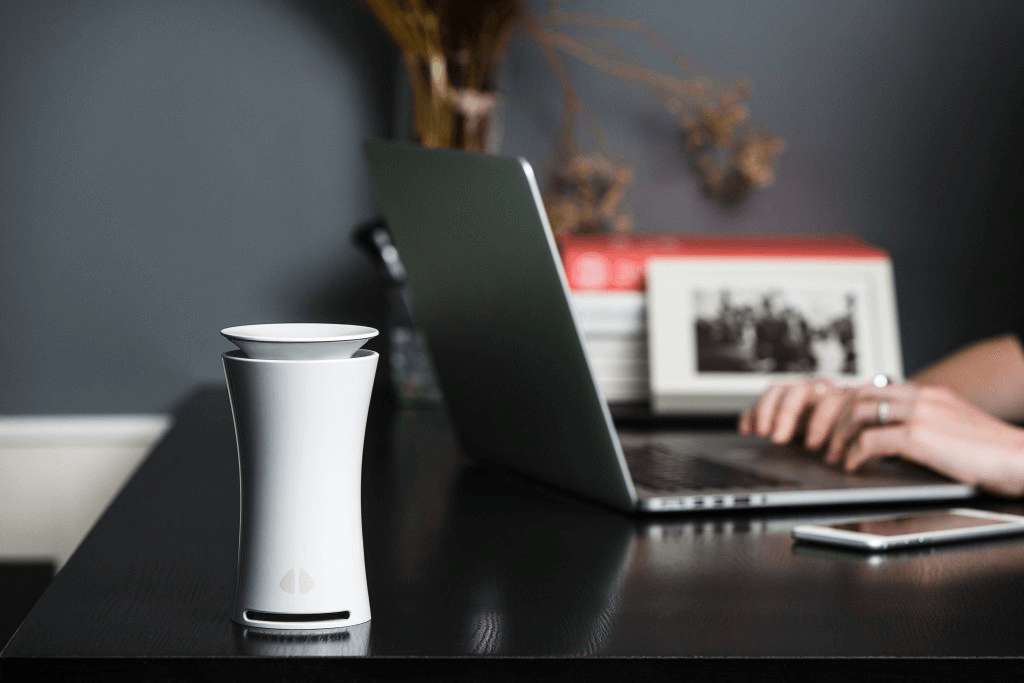According to the World Health Organization (WHO), 90% of the world’s population breathes unsafe air. This may be due to vehicle exhaust, emissions from factories, wildfires and open burning of garbage wastes, which are all found outdoors. Little did we know, poor air quality comes not only from these pollutants but can also be caused by some factors that are found in enclosed spaces- including our workplace.
Poor indoor air quality is one of the office health concerns that most building owners have overlooked. Compared to outdoor air, poor IAQ hides behind the soothing blow of office ACs and the smell of air fresheners, making the hazard difficult to identify.
What are the common causes of poor indoor air quality in the workplace?
Many factors directly affect IAQ, some are too obvious while others come in some unexpected forms.
Building location
Business owners and office tenants may be unaware but the place where the building resides can influence the amount of indoor air contaminants. Offices standing close to highways are prone to smoke, buildings located on a place with a high water table can be exposed to water leaks and chemicals that can eventually merge with the air. Nearby constructions and renovations produce dust that can enter the building and recirculate through vents.
Cleaning products
Cleaning, disinfecting and sanitizing products can affect indoor air quality and can increase air pollution. These products contain substances that produce VOCs or volatile organic compounds, VOCs are gases that when inhaled, may cause nausea, throat irritation, headache or worse, damage to kidney and liver.
Printers and copiers
Large quantities of ink from printing and photocopying machines also contain VOCs that can also add up to the workplace’s air pollution. Copiers also emit ozone as a byproduct of how the machine works to generate a copy.
Poor ventilation
Ventilation greatly affects IAQ. Allowing outdoor air to come in helps reduce contaminants, and welcomes fresh air. This of course assumes that the outdoor air at that point in time is optimal. However, as offices try to become more efficient, they also become more confined. With windows kept shut, the indoor air from HVAC systems are isolated and tends to recirculate resulting in bacterial and fungal growth in the building’s ducting thereby contributing to poor air quality.
Shared Offices
Some modern offices today prefer to share their space to minimize operational costs. While it may be an ideal way to save, this may take a toll on employees’ well-being. A large number of people occupying a single space produces heavier pollution, and air filtration systems in offices are not designed to accommodate those. With this, such system may not operate as intended and air pollutants are more likely to remain.
How can you improve IAQ?
While the stated causes are impossible and difficult to avoid, there are recommended ways to at least control it. Here are some of them:
Maintain office cleanliness
Cleaning and sanitizing on a regular and more frequent basis can help eliminate dust, molds and other contaminants that could possibly go around the facility. Use organic and environmentally-friendly cleaning products to prevent VOCs and other harmful chemicals from staying especially on touched surfaces
Change air filters regularly
HVAC filters must be changed regularly to prevent dust from recirculating back throughout the facility. Blocked air filters disturbs free air flow and accelerates the accumulation of air contaminants.
Use the best air quality monitor
These IAQ devices help businesses diagnose and address indoor air quality problems by collecting and displaying data about various factors that affect indoor air. While there are countless brands promising to provide the best service, still it is necessary to look for the one that’s most suitable for every unique business need.
uHoo Aura goes above and beyond expectations as it monitors 13 different air factors namely: temperature, humidity, carbon dioxide, various particle sizes (PM10, PM4, PM2.5, PM1), carbon monoxide, formaldehyde, VOCs, light, air pressure, and sound so business and facility owners can track and adjust their indoor environmental quality based on their needs and on the readings.
uHoo Aura uses advanced analytics to provide insights on patterns and events that may have caused air quality issues and prevent it from happening in the future. It can also be integrated with any software or management system to allow automation of the building’s HVAC system.
Get a consolidated view of all the devices in the different areas of the facility through a simplified dashboard, set up and allow alerts and push notifications on possible air issues in the building and get the option to share data necessary in achieving green and healthy building certifications which provide transparency, confidence and peace of mind to employees and tenants.
Regardless of the cause, identifying indoor air pollution reduces the risks of having serious and long-term problems. With cleaner air, better decisions can be made and employee productivity will be ensured.
Take action on possible air issues. Invest in health. Grab for your first uHoo Aura today!






